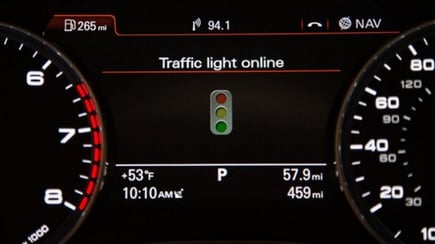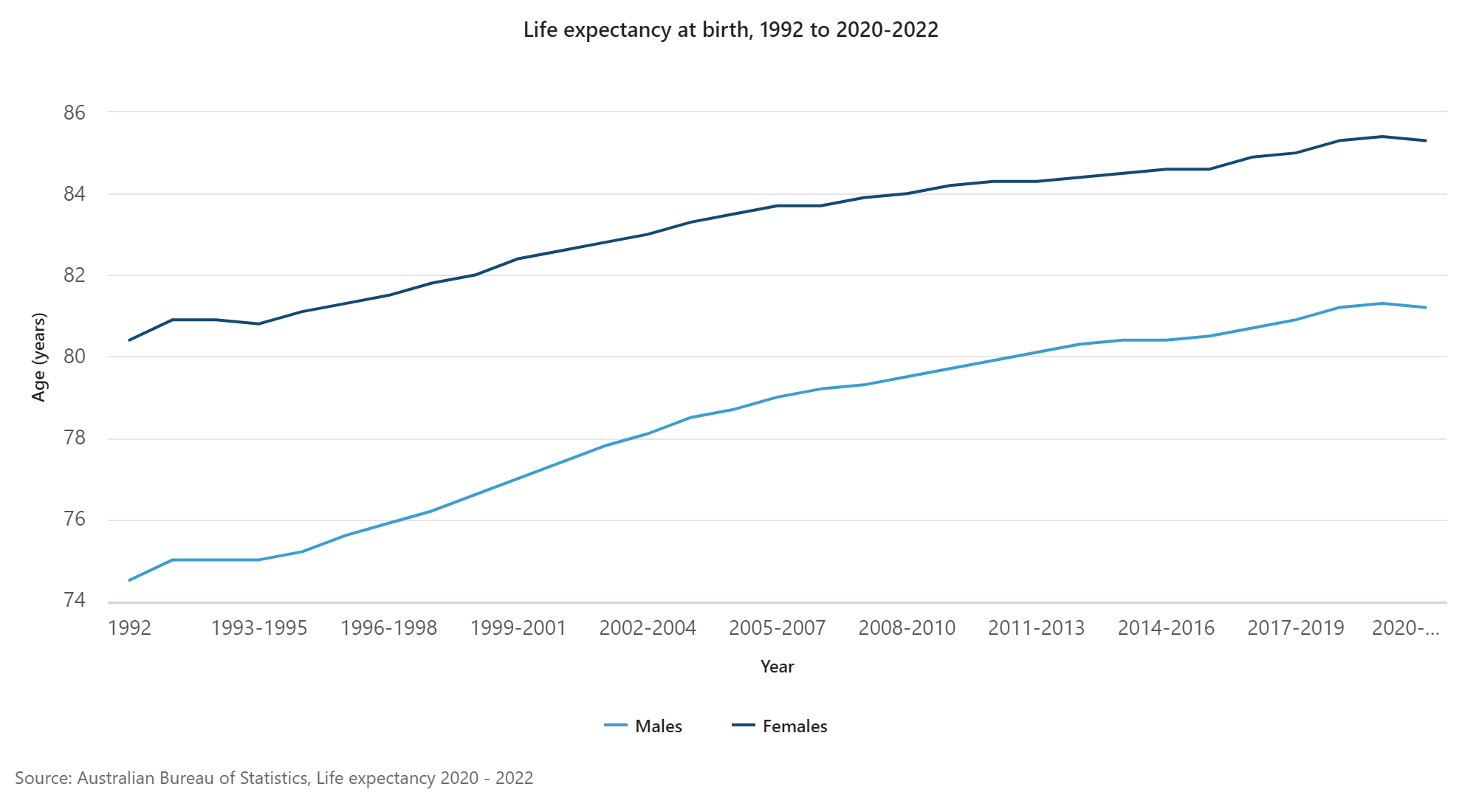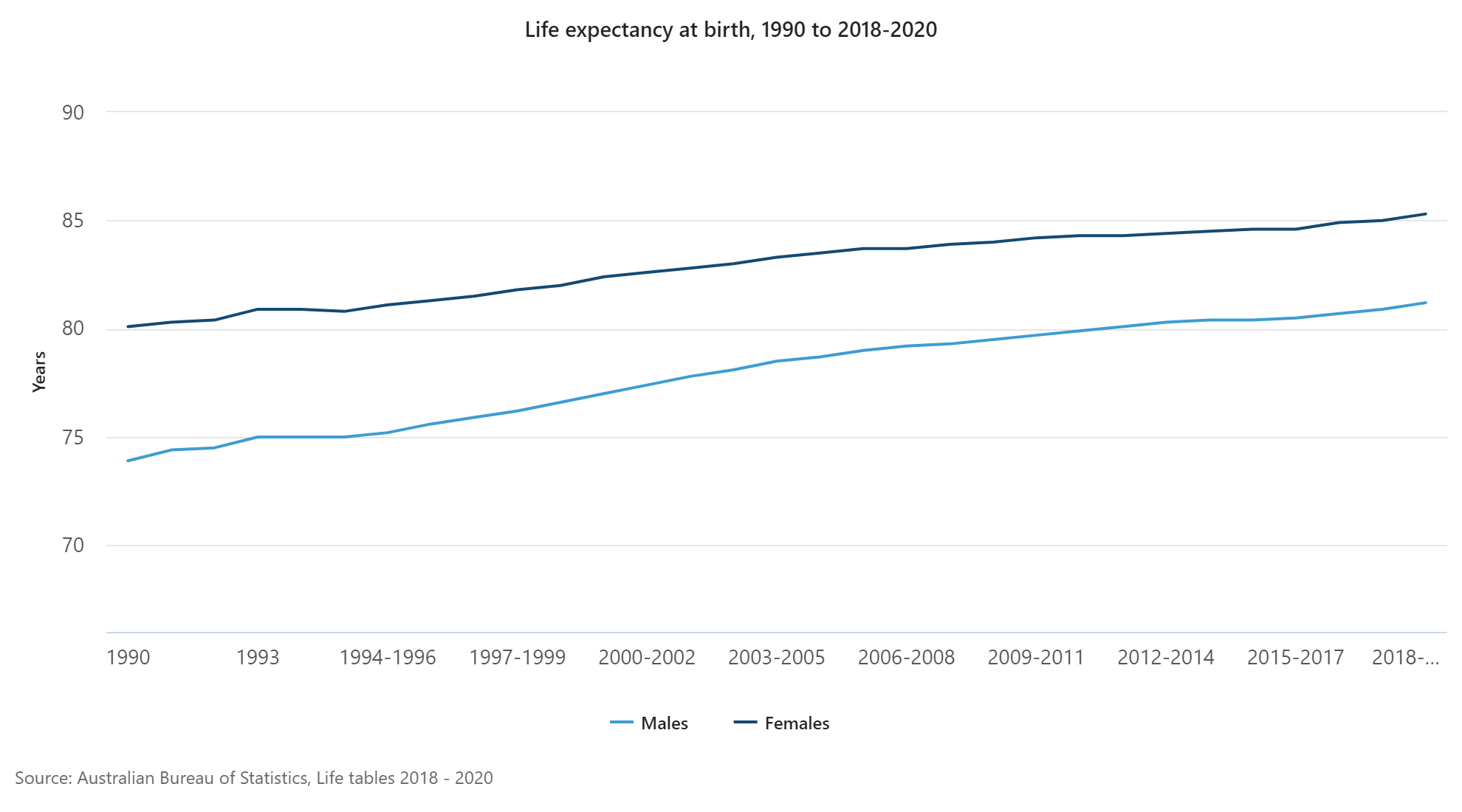Immortalised by the somewhat repetitive Monty Python song “I like traffic lights”, traffic lights are a permanent part of our transport system.
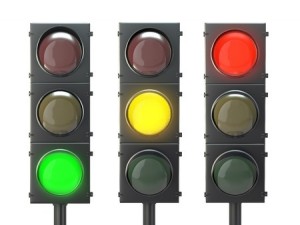
(warning – click on this link to the You Tube video of “I like traffic lights” only if you don’t mind having a ridiculous, monotonous tune stuck in your head all day)
Most of us are well used to the misfortune of sitting idly, waiting for the traffic lights to go green on many occasions during our morning commute.
In fact, these traffic light delays have given rise to engine start/stop technology in modern cars so engines do not waste fuel idling while the car is stationary. Many new cars now have this feature.
And it’s certainly needed. A recent study from Tom Tom shows that Australian commuters spend, on average, 90 hours a year in congested traffic – (not all of it at traffic lights) but it’s a frightening figure nonetheless. Sydney commuters spend 66% longer on their peak-hour commute compared to the same journey when traffic is light. This makes Sydney the most congested city in Australia, and 17th in the world.
Traffic Lights
The interesting thing about traffic lights is they essentially haven’t really changed in over 100 years.
They were invented way back in 1869, in the UK, using a mix of gas powered lights and signals. Unfortunately a gas leak injured the policeman operator and the idea was shelved until electricity came along.
Then in 1912 the system we know today was developed, and first installed in Cleveland Ohio in 1914. (although the first system just had red and green)
For a system essentially put in place in 1914, not much has changed. Sure, many traffic lights now use LED lamps instead of halogen bulbs to save energy, but the 3-light principle of green, amber, red remains the same.
So – what do the signals actually mean? This seems to vary by country and region.
In Australia, they mean:
Green – go once you’ve looked up from texting on your phone.
Amber – floor the accelerator to get to the intersection before the red.
Red – stop abruptly, especially if someone is following closely.
In parts of Asia and South America, they mean:
Green – beep the horn to get the person in front moving if they haven’t moved after .01 of a second.
Amber – this is the same as green. Maybe beep the horn just for effect.
Red – advisory only, if traffic is light keep going through the intersection anyway but beep the horn just in case.
But seriously – the real meaning, according to the Qld Dept of main roads:
Green – drive past the green traffic light or arrow, as long as the intersection is clear.
Amber/Yellow – you must not drive past the STOP line at the yellow traffic light or, if there is no STOP line, the traffic light.
The yellow light is not the end of the green light phase – it is the beginning of the red light phase. You must STOP on a yellow light, unless it is unsafe to do so.If it is unsafe to stop, for example if you are very close to the light when it changes from green to yellow, you may proceed through the yellow light.
Red – you must not drive past the STOP line at the red traffic light or, if there is no STOP line, the traffic light.
What improvements are being developed?
There are already systems for colour blind people, which utilise shapes to signify the stages of green, amber and red.
The Uni-Signal is aimed at helping those who are red-green colorblind to have an easier time with traffic signals. Instead of using circles for all three lights, the red light gets a triangle, the yellow light remains circular, while the green light goes square.
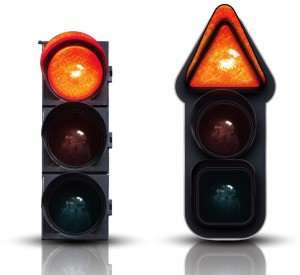
In car systems
Several categories of motor racing, such as NASCAR, Indycar and F1, have been using in-car systems for some time to signify “yellow flag” periods by transmitting a signal directly to the car, with a flashing light dashboard display, to indicate the yellow flag condition to the driver.
In a similar vein, Audi is currently testing a system that receives signals from the central traffic computer and relays information to the driver via a small “traffic light” indicator on the instrument panel.
